9 Best Text to Speech APIs (September 2024)
Unite.AI
SEPTEMBER 29, 2024
In the era of digital content, text-to-speech (TTS) technology has become an indispensable tool for businesses and individuals alike. As the demand for audio content surges across various platforms, from podcasts to e-learning materials, the need for high-quality, natural-sounding speech synthesis has never been greater. This article delves into the top text-to-speech APIs that are changing the way we consume and interact with digital content, offering a comprehensive look at the cutting-edge s





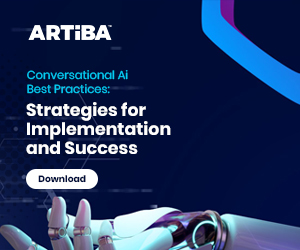
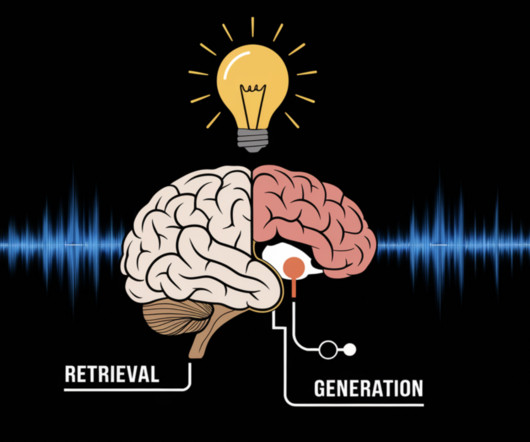



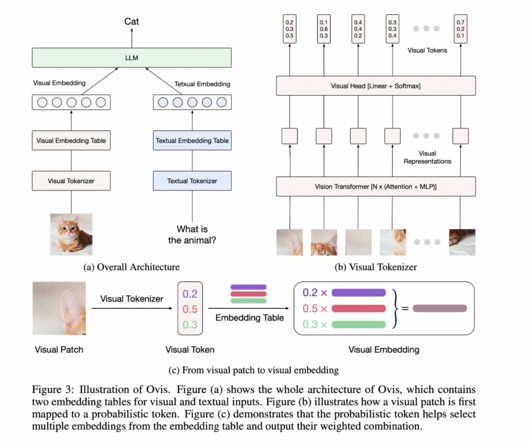
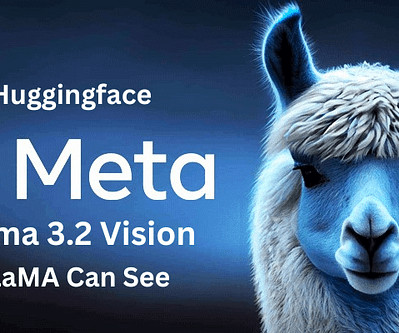

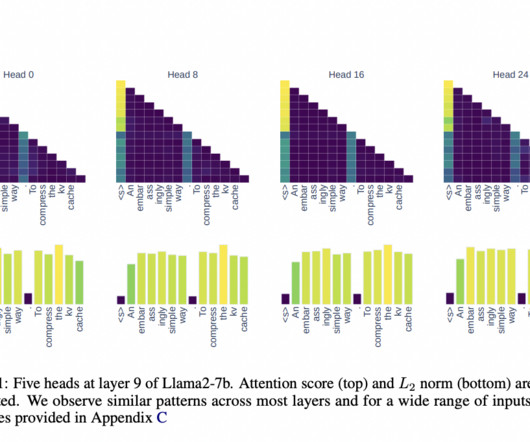
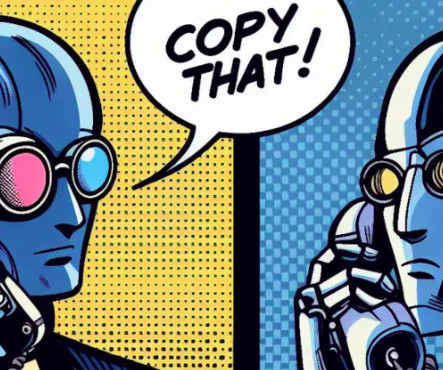
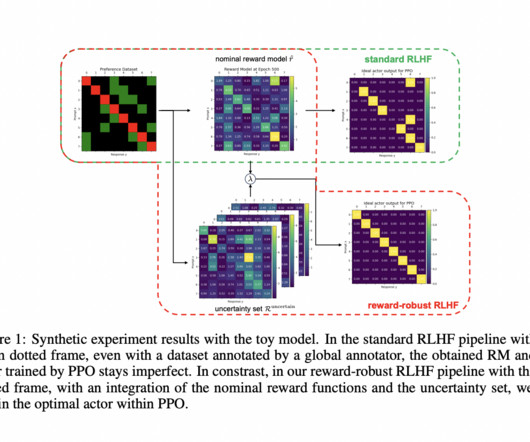




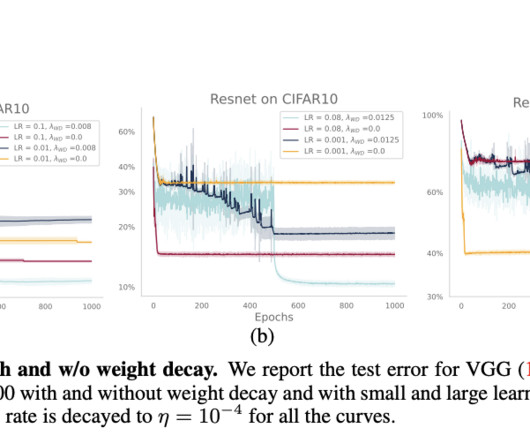

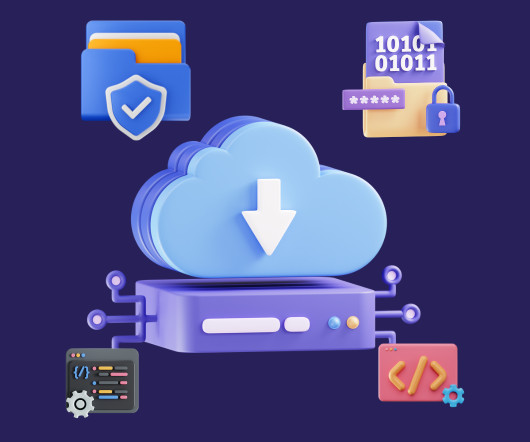


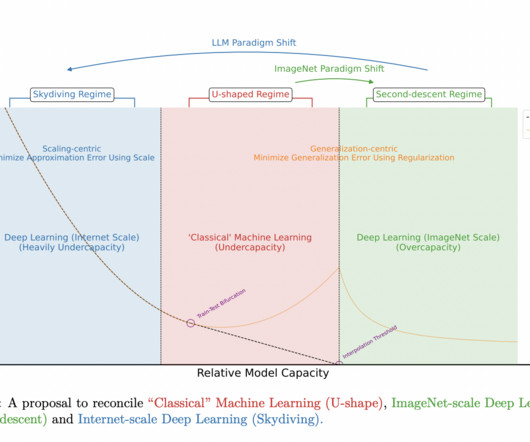
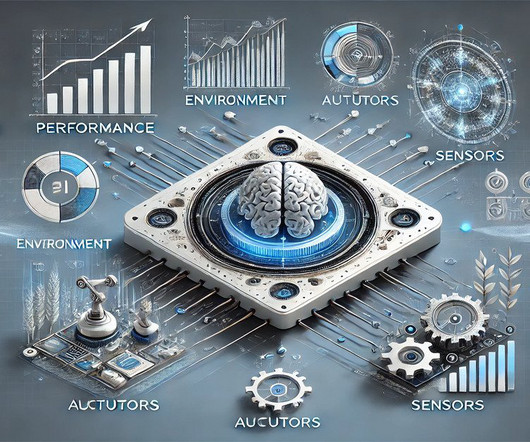

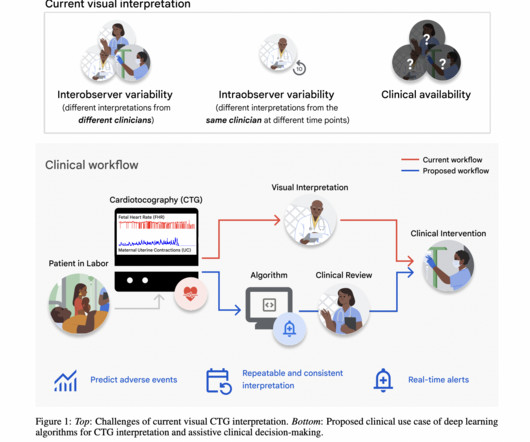










Let's personalize your content